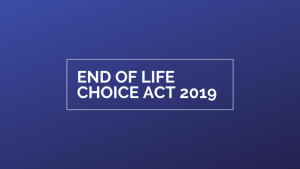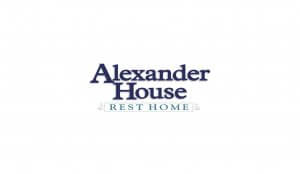
As you will be aware, assisted dying will be legally available in New Zealand from November 7 when the End-of-Life Choice Act 2019 comes into effect.
The introduction of assisted dying means that a person with a terminal illness who meets the eligibility criteria can request medication to relieve their suffering and end their life.
The Act sets out the legal framework and a high-level process for accessing assisted dying, including strict eligibility criteria and safeguards.
Assisted dying is not a replacement for palliative care or health care services more generally. It provides another option for people with a terminal illness in certain circumstances.
Assisted dying remains illegal until 7 November 2021. The Ministry of Health will be responsible for the Act and has an implementation programme underway to implement the assisted dying service.
This may impact hospitals, care facilities and retirement villages across the country in an entirely new way, so we at Healthcare Compliance Solutions Ltd have been following the Ministry of Health’s guidance along the way, to ensure our policies and procedures help our new and existing clients through the process, as best as possible.
If you would like to learn more about how Healthcare Compliance Solutions can help you and your orgnisation.


